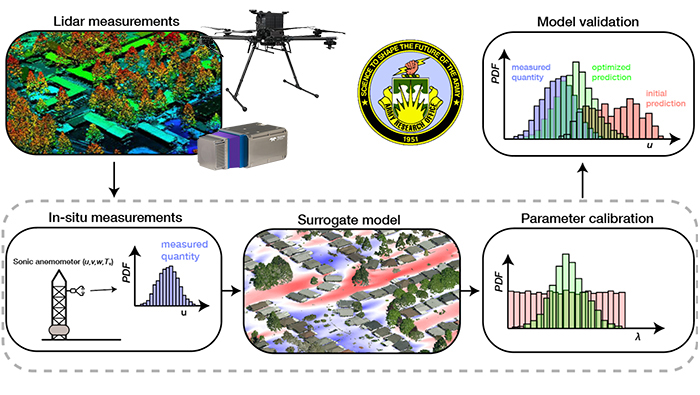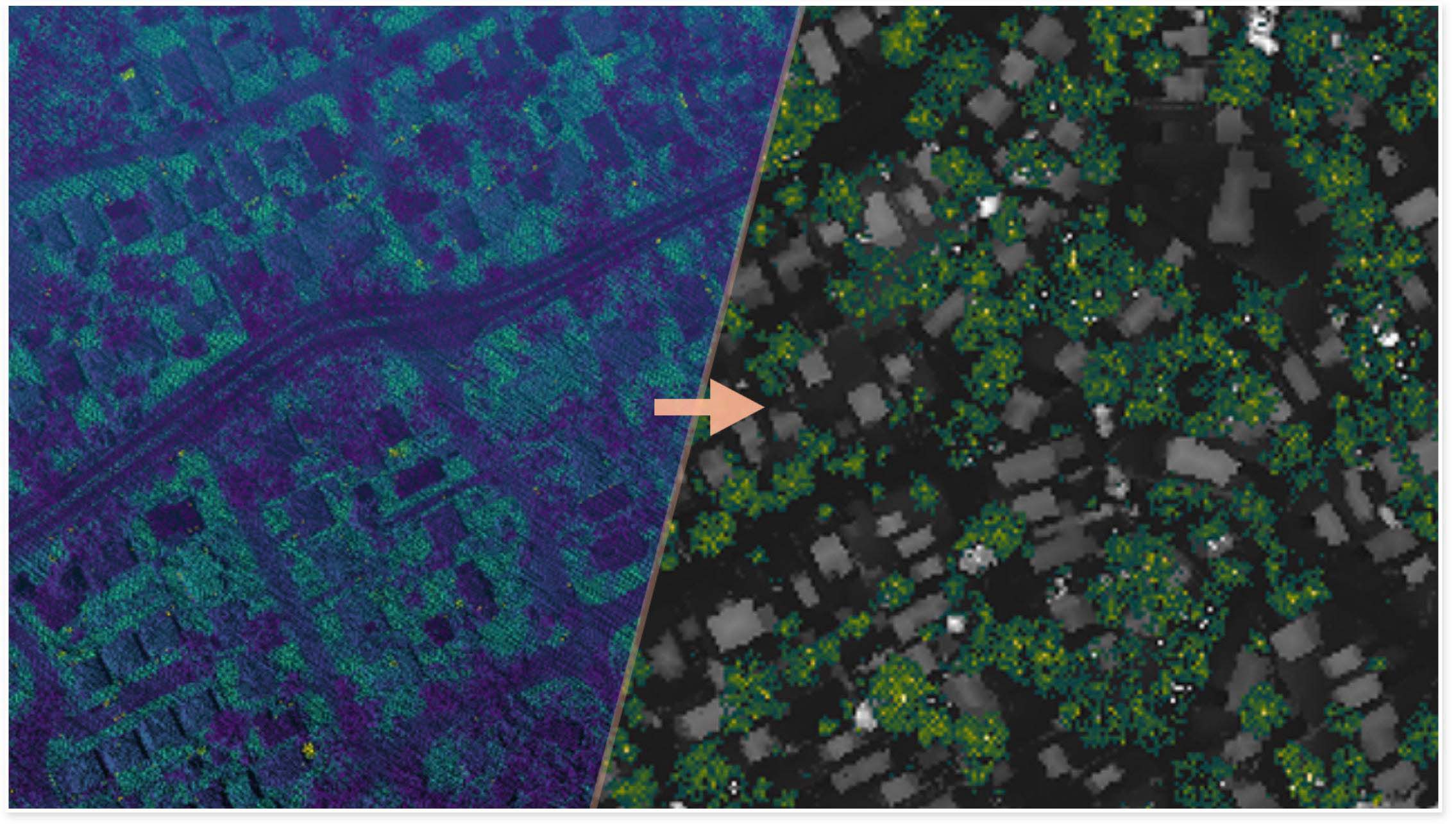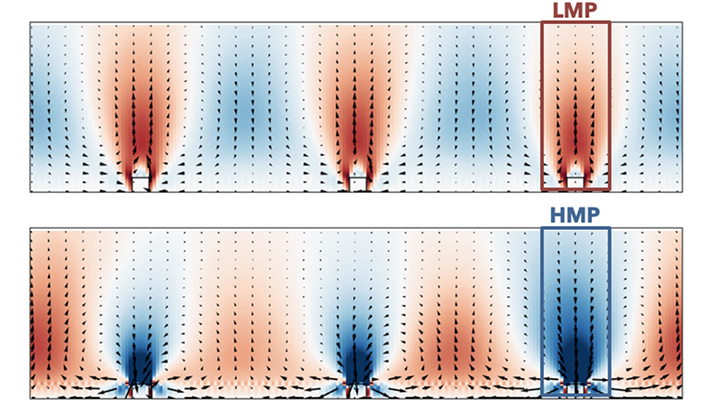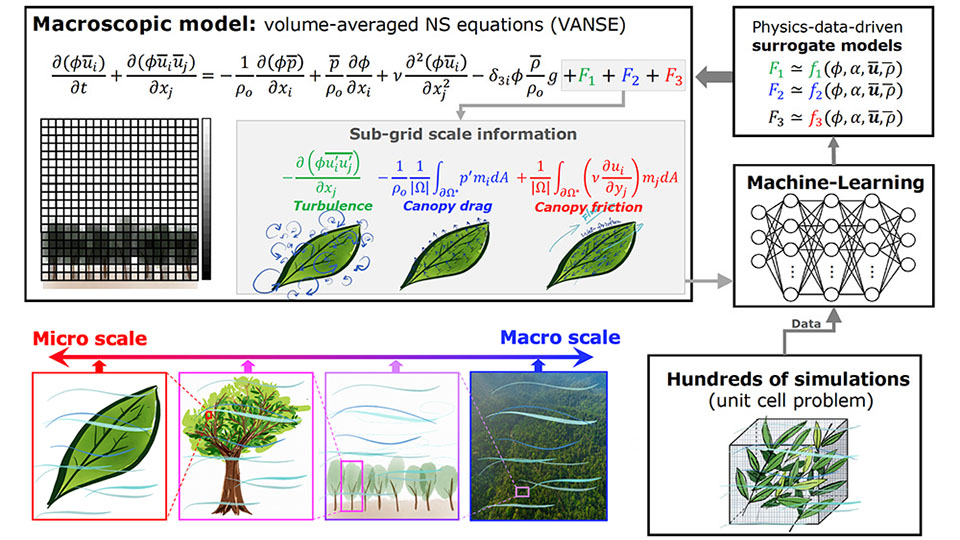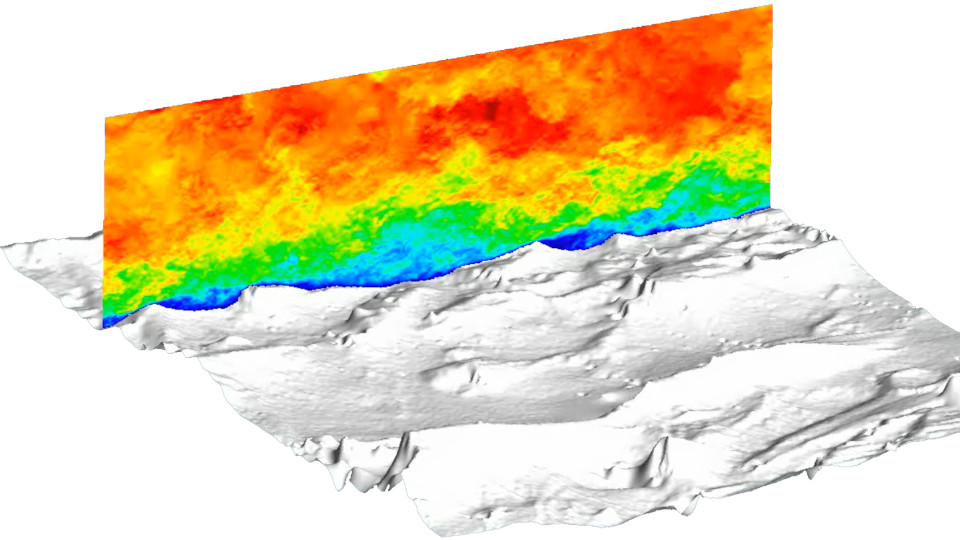Prediction of Low-Altitude Turbulence for Drone Operations
Turbulence models designed for large aircrafts are not suitable for small aerial drones flying low and slow. Small drones are more sensitive to turbulence than large aircrafts, and fly in a flow field that is strongly affected by topographic and thermodynamic variations of the underlying terrain.
The goal of this research project is to advance the current understanding of near-surface turbulence in urban environments, and to derive improved predictive models for the safe design and certification of aerial vehicles.
Funding: Amazon.com Inc. - Prime Air Program

